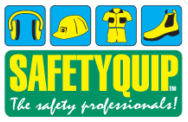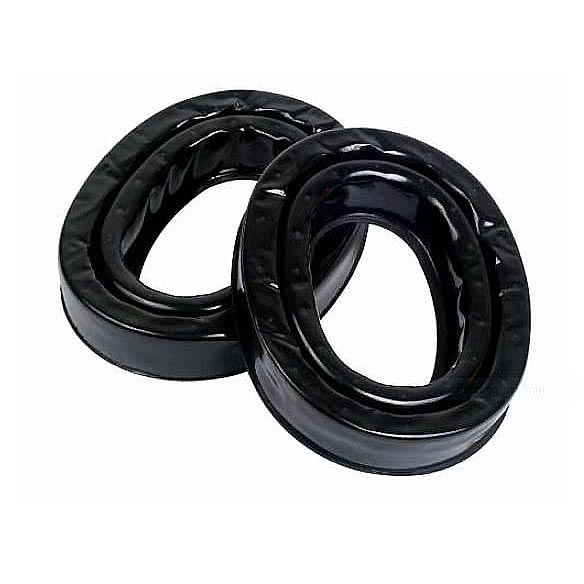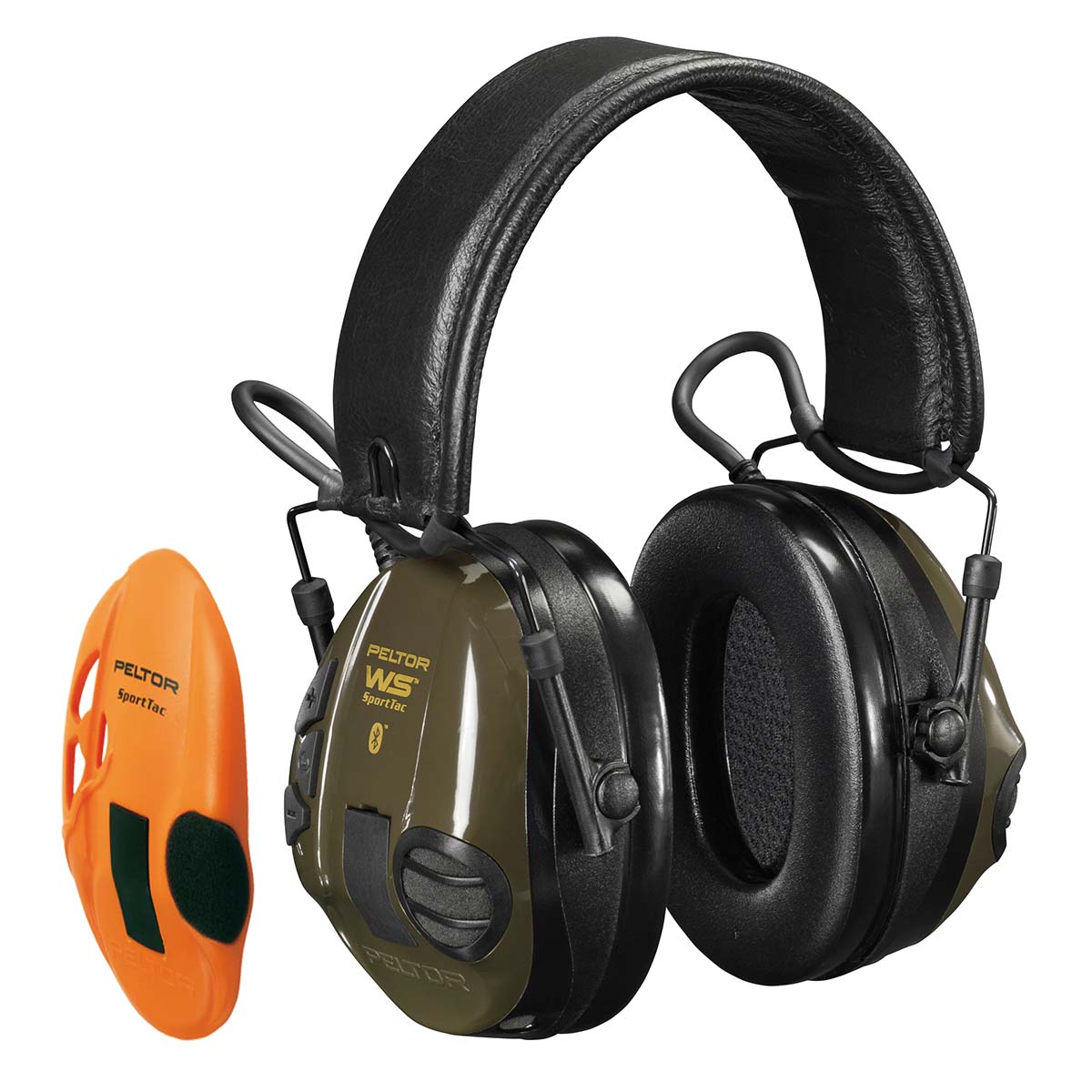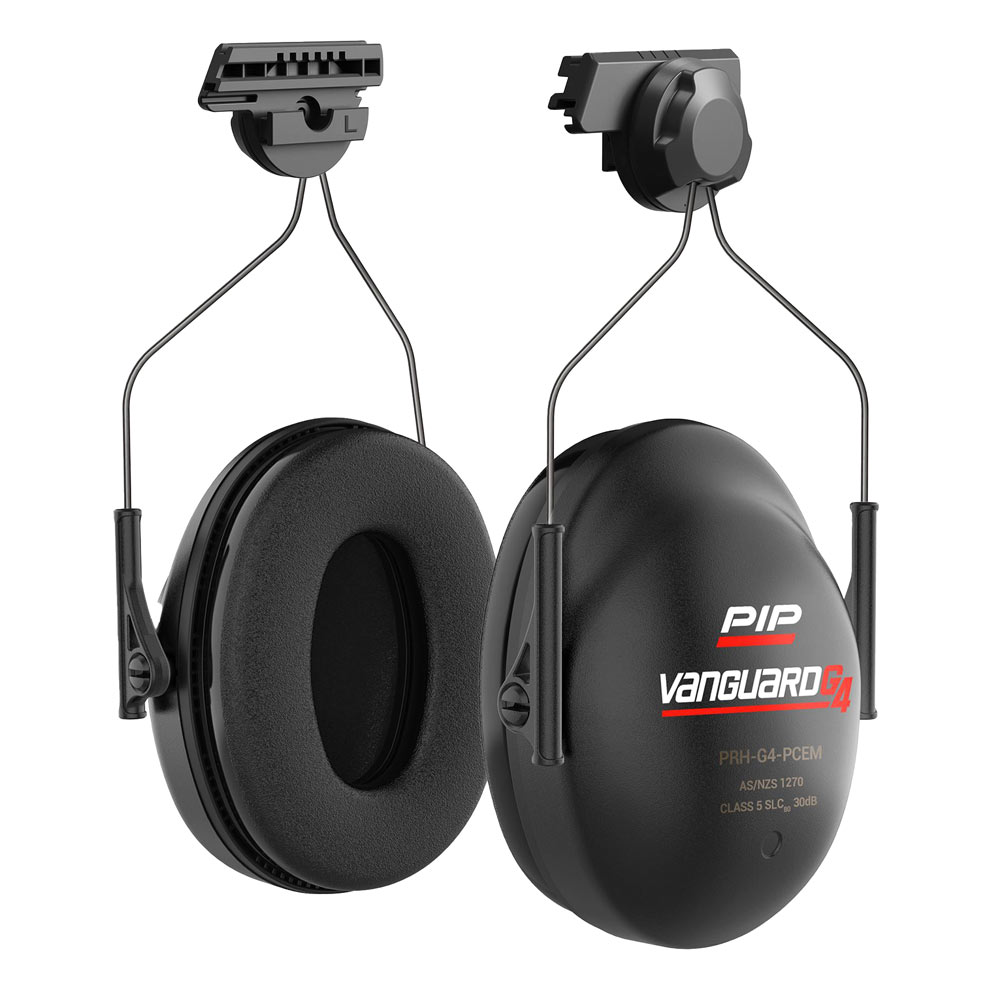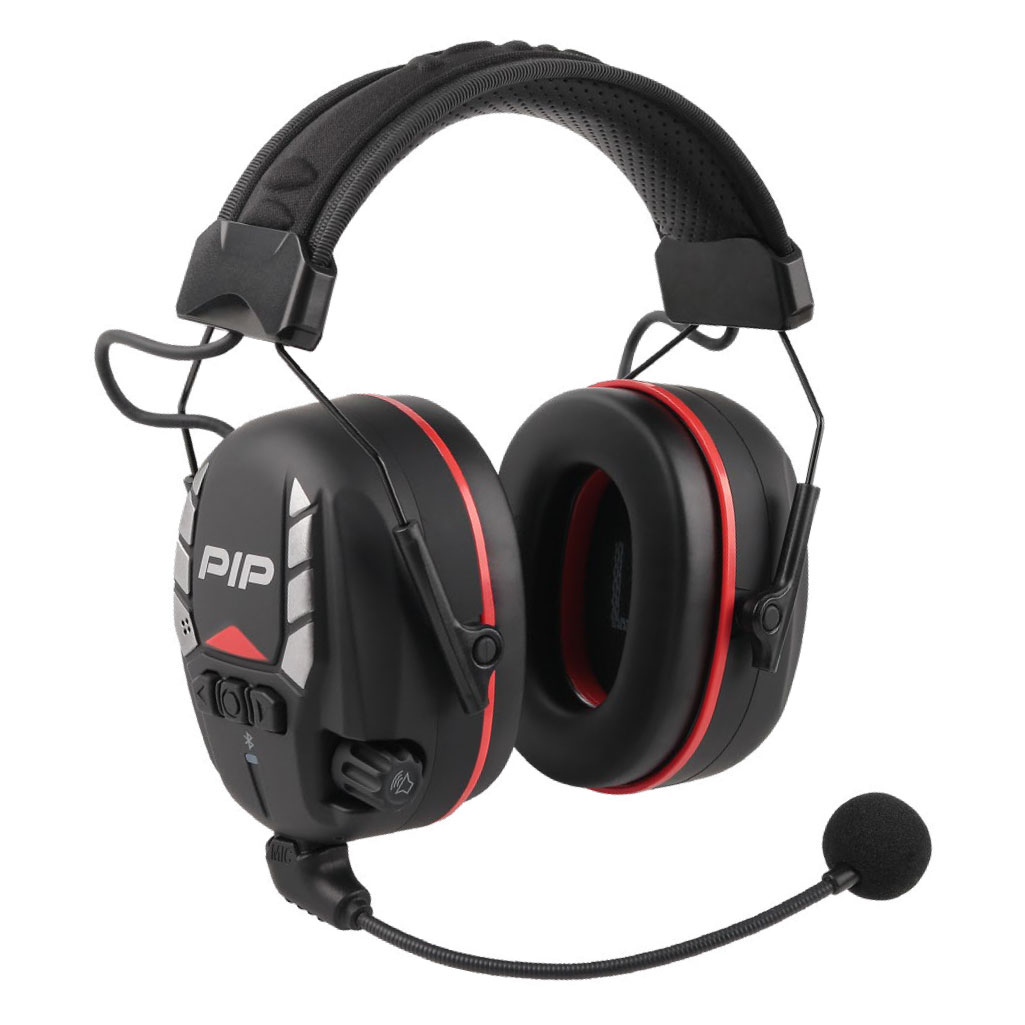APPLICATION
An employer is required to demonstrate compliance to AS/NZS 1715 or any of the legislated Codes of Practice in terms of risk management. It is also an employer responsibility to ensure other means of hazard control have been investigated prior to introducing respiratory protection initiatives.
RISK ASSESSMENT
The AS/NZS 1715:2009 describes respiratory risk assessment along with a Respiratory Protection Programme and the appointment of a Programme Administrator where respiratory protective equipment (RPE) is required to be worn. Some of the risk assessment requirements are:
- Ensure the workplace is not a confined space. This can only be determined by measurement of the risk atmosphere for safe oxygen levels throughout the working period. Negative pressure respiratory protection cannot supplement oxygen.
- Evaluate tasks to determine if RPE will compromise vision, communications or other PPE.
- The employer must provide training in the cleaning, safe use and limitations of RPE at the commencement of employment.
- The Programme Administrator must ensure a compliant fit test has been carried out for all users of RPE and maintain suitable records. The AS/NZS 1715:2009 describes both Qualitative and Quantitative fit test methods.
FILTER CLASSES & IDENTIFICATION
| PROTECTION LEVEL (Negative Pressure)* | |||||
| TYPE | COLOUR | APPLICATION | HALF FACE | FULL FACE | WHEN TO CHANGE |
| PARTICLE FILTERS | For levels up to: | ||||
| P1 | White | Mechanically generated particles | 10 x WES | N/A | Particulate filters should be changed when unacceptable breathing resistance is experienced or in accordance with a locally specified change schedule. |
| P2 | White | Mechanically/Thermally generated particles | 10 x WES | 50 x WES | |
| P3 | White | Toxic & Mechanically/Thermally generated particles | 10 x WES | 100 x WES | |
| GAS & VAPOUR FILTERS | Whichever level is lower of: | ||||
| A1 | Brown | Organic gases/vapours with boiling points > 65 degrees C | 10 x WES or 1000ppm | 50 x WES or 1000ppm | Charcoal filters should be changed when breakthrough/smell/taste is detected or in accordance with a locally specified change shedule. |
| A2 | Brown | Organic gases/vapours with boiling points > 65 degrees C | 10 x WES or 1000ppm | 100 x WES or 5000ppm | |
| AX | Brown | Organic gases/vapours with boiling points < 65 degrees C | N/A | 50 x WES or 5000ppm | |
| B1 | Grey | Inorganic gases/vapours | 10 x WES or 1000ppm | 50 x WES or 1000ppm | |
| E1 | Yellow | Acid Gases | 10 x WES or 1000ppm | 50 x WES or 1000ppm | |
| K1 | Green | Ammonia & Ammonia Derivatives | 10 x WES or 300ppm | 300ppm | Note: Ammonia has an IDLH value of 300ppm and filtering respirators should not be used above this concentration. |
This guide is based on AS/NZ 1715:2009 with specific reference to tables 4.3, 4.4 and 4.5
WES = Workplace Exposure Standard – see Safework Australia website http://hcis.safeworkaustralia.gov.au/ExposureStandards
Additional filter types are available for specific chemicals.
Combination filters have the same limitations as for each component .
*Note: protection levels for PAPR and face/head top combinations may vary.
USEFUL REFERENCES
AS/NZS 1715:2009 Selection, use and maintenance of respiratory protective equipment.
AS/NZS 1716:2012 Respiratory protective devices.
With SafetyQuip behind you, you can breathe easy when it comes to protecting your workforce. Find your closest SafetyQuip store at our Store Locator.
